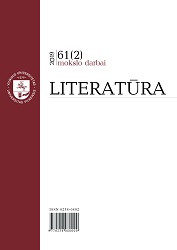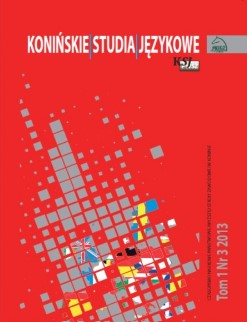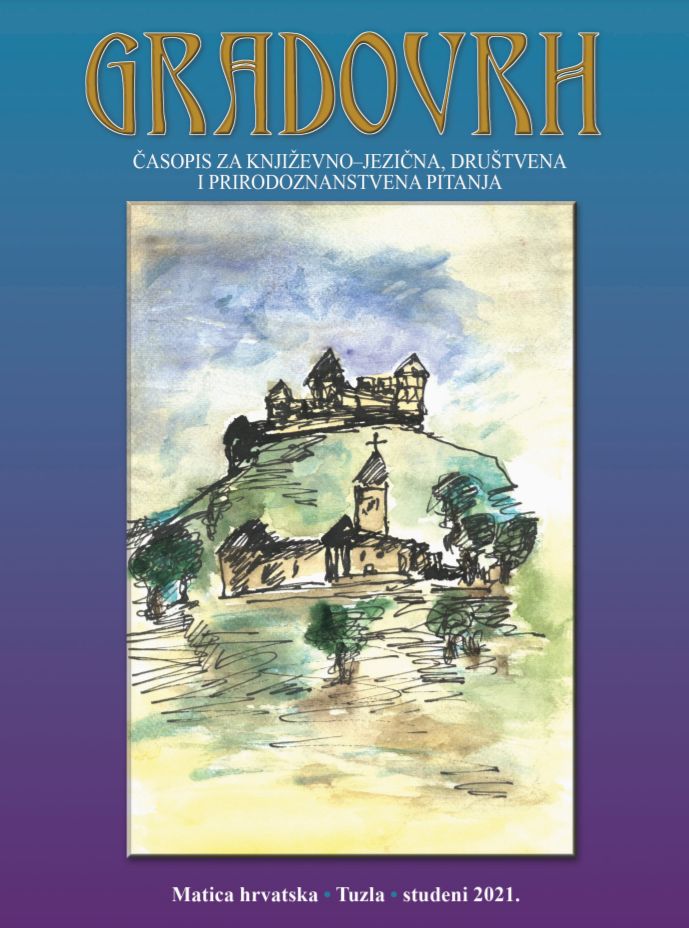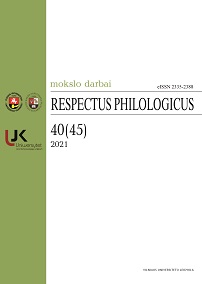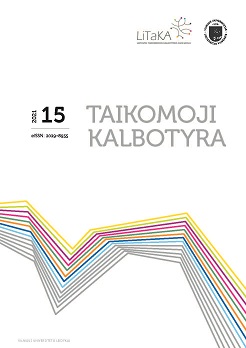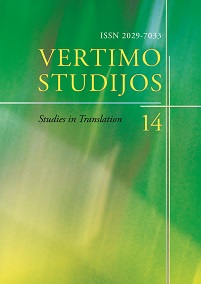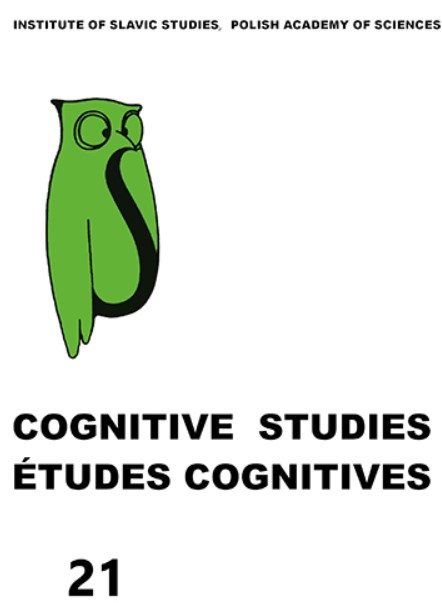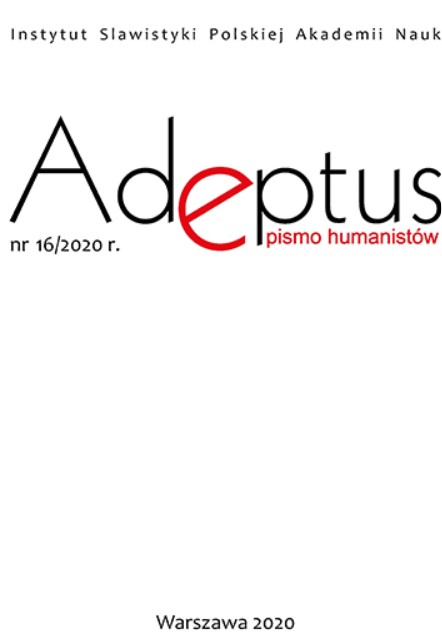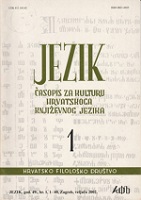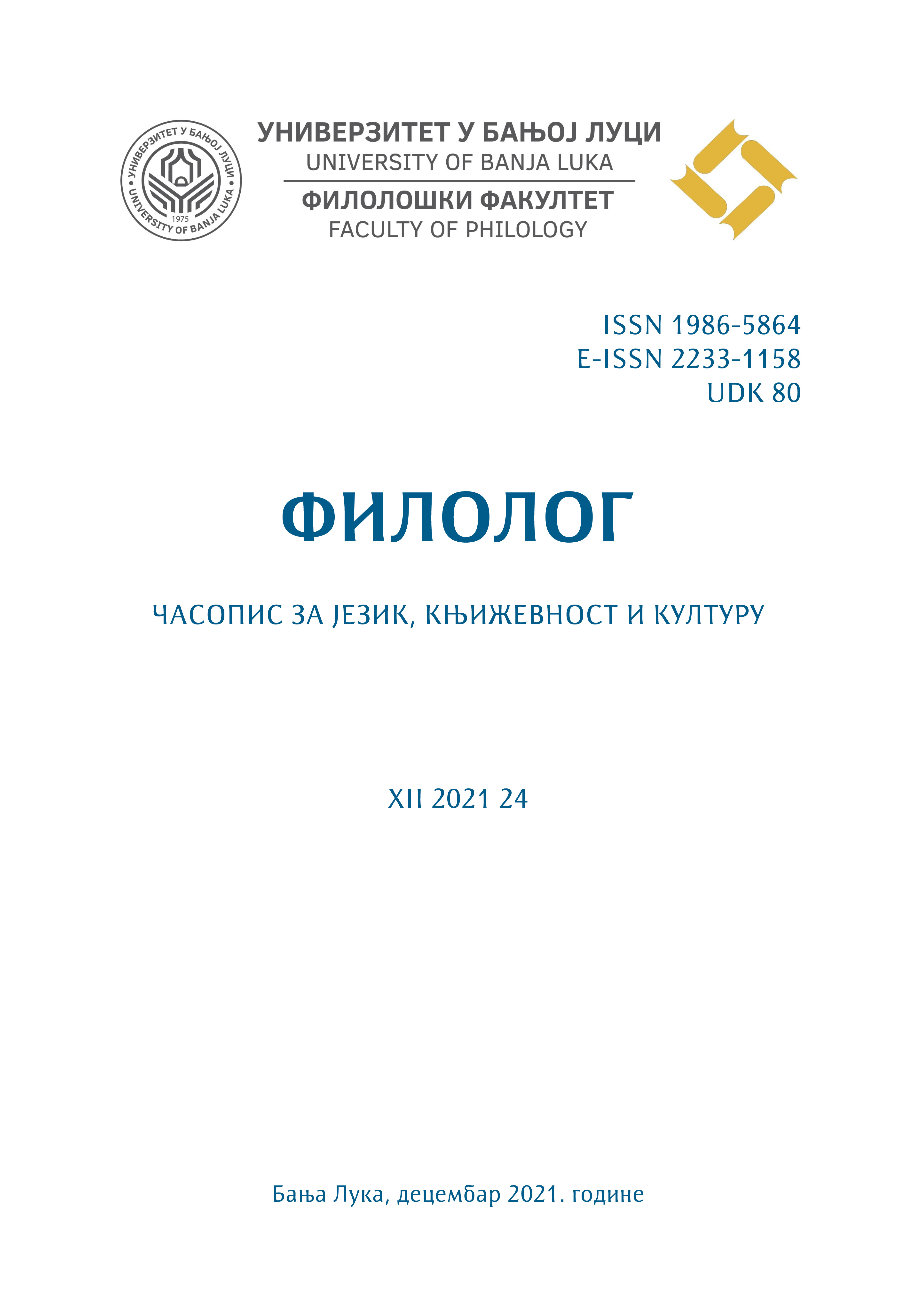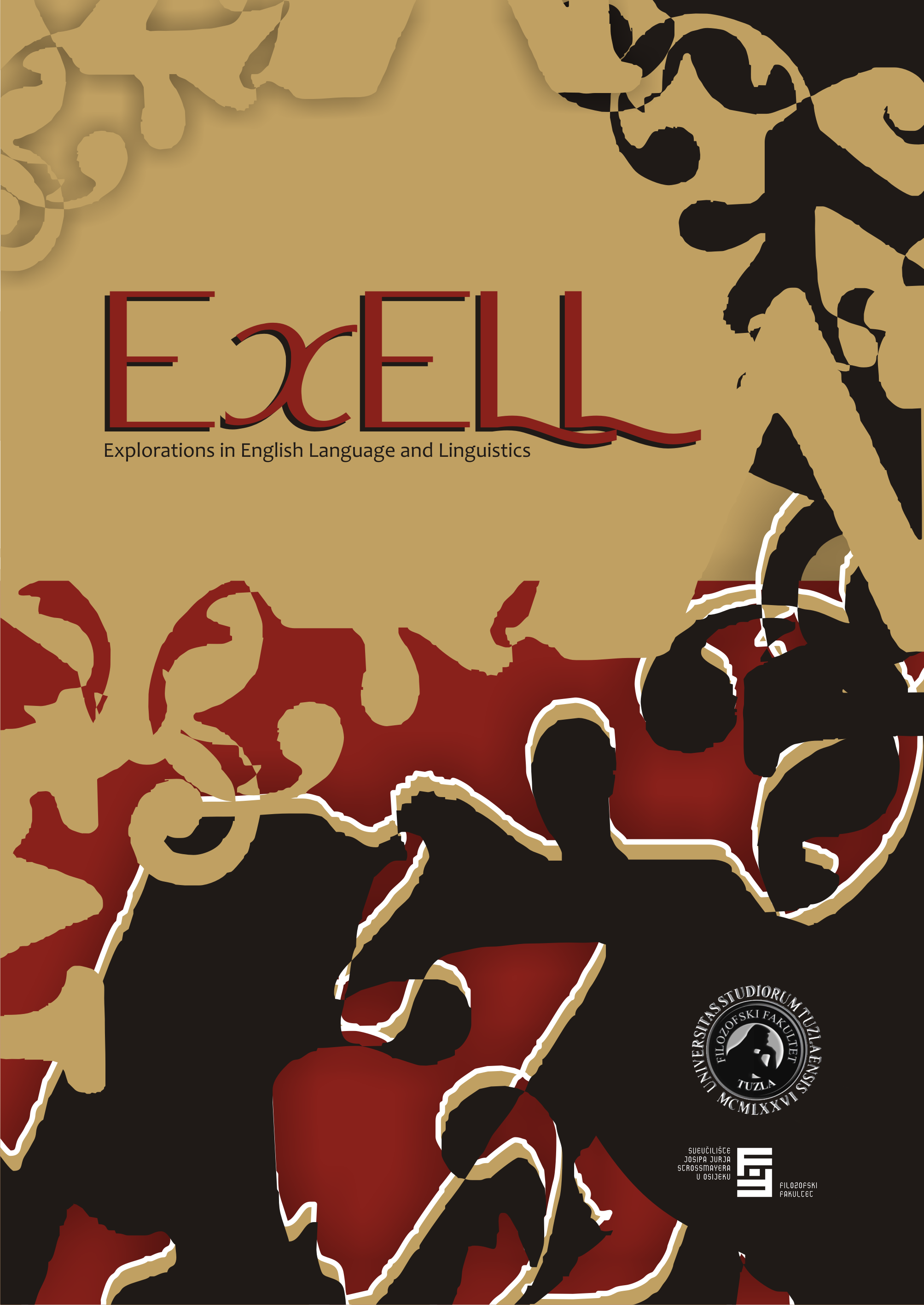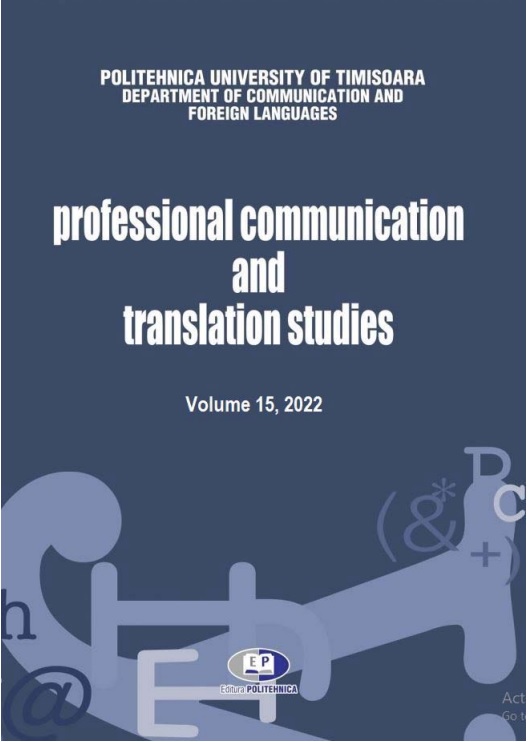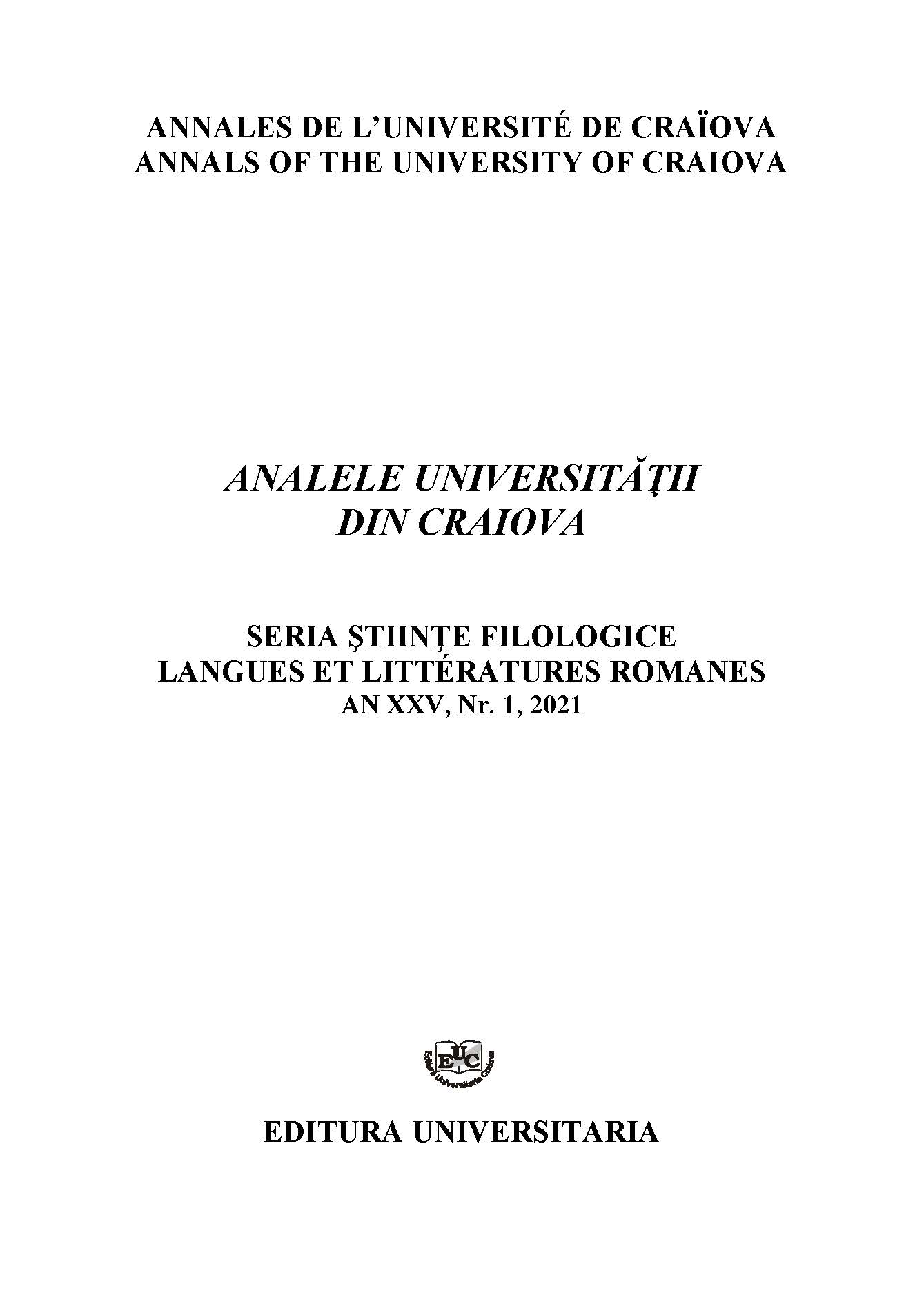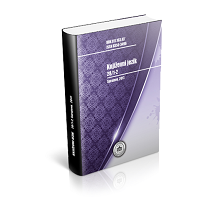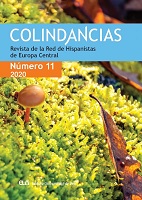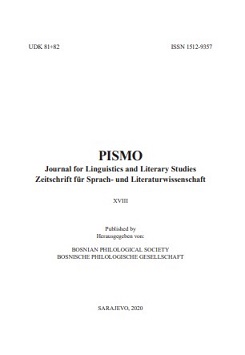Author(s): Mirela Omerović,Irma Kaltak Kapo / Language(s): Bosnian
Issue: 18/2020
This article discusses the use of formal Bosnian language in the Bosnian daily press. Analyzing various texts from the daily newspapers Oslobođenje and Dnevni avaz, it is easily noticed that there are significant deviations on almost all levels related to applying the rules of formal Bosnian language. Apart from heightened use of English terms due to the process of globalization, numerous deviations have been recorded when using punctuation marks, specifically the comma, exclamation mark, single exclamation mark, hyphen, dash, capital letter use, the declension of numbers (especially number two), the use of the preposition s(a) (”with”), the spelling and declension of foreign first and last names, the spelling of the reflexive ije/je/e/i, inconsistency when using the future tense, and subject-verb agreement. There have also been many typos, which only shows the lack of professionalism when writing newspaper texts. The language of the media is the most influential language of public communication and it has an enormous impact on the linguistic consciousness and culture of the people who are exposed to the language. In society, the press has primarily a communicative function and then very important linguistic and educational roles, therefore the language of those who create such texts should be scrutinized based on the strict rules of the formal language. Consequently, it is of crucial importance to use formal language in the media, especially in the written form, such as daily newspapers, where the spelling, grammatical, lexical and stylistic rules have a profound impact on the society as a whole. Therefore, those who write newspaper texts should constantly get educated and follow the updated language rules and dynamics. It is important to pay more attention to the rules and regulations of the formal language while shaping public discourse.
More...
